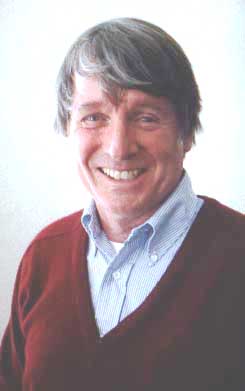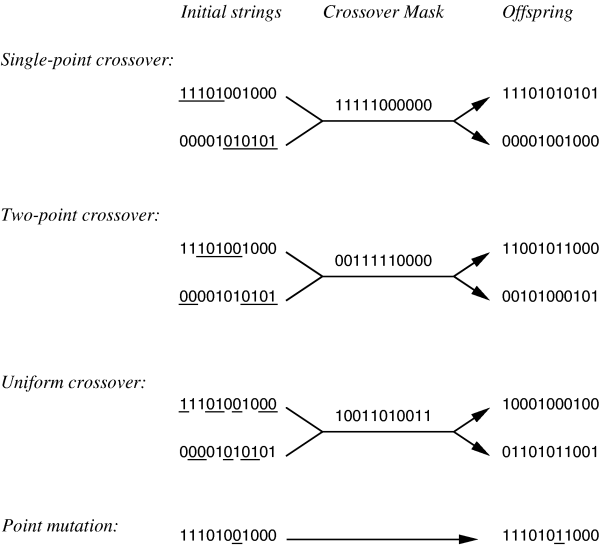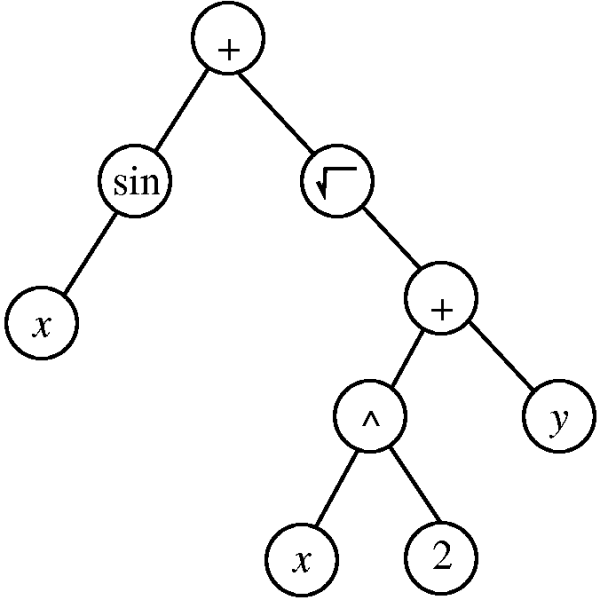
John Holland, father of Genetic Algorithms
- Genetic Algorithms are a learning method that simulates biological evolution.
- Instead of searching general-to-specific, or simple-to-complex hypothesis, they generate hypothesis like offsprings
- Evolution is known to be successful.
- GAs can search over hypothesis that contain complex interacting parts.
- GAs are easily parallelized.


